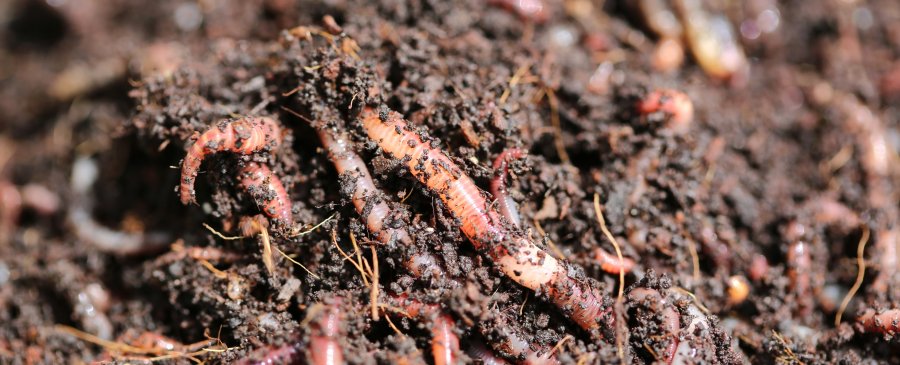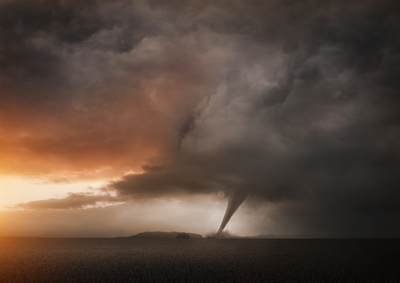“I’m working with our app, Leafsnap,” the scientist said.
I hesitated before joining her. Visiting the Smithsonian National Museum of Natural History for a before-hours event, I had wandered into the room hoping the butterfly pavilion would be open early. (It wasn’t.) Instead, I found a lone scientist working with her iPhone and a few plants.
“Leafsnap is a free app based on facial recognition software,” she elaborated, gesturing to her phone. “You take a picture of a leaf, and it tells you what kind of plant it is.”
I stopped. It did what?



